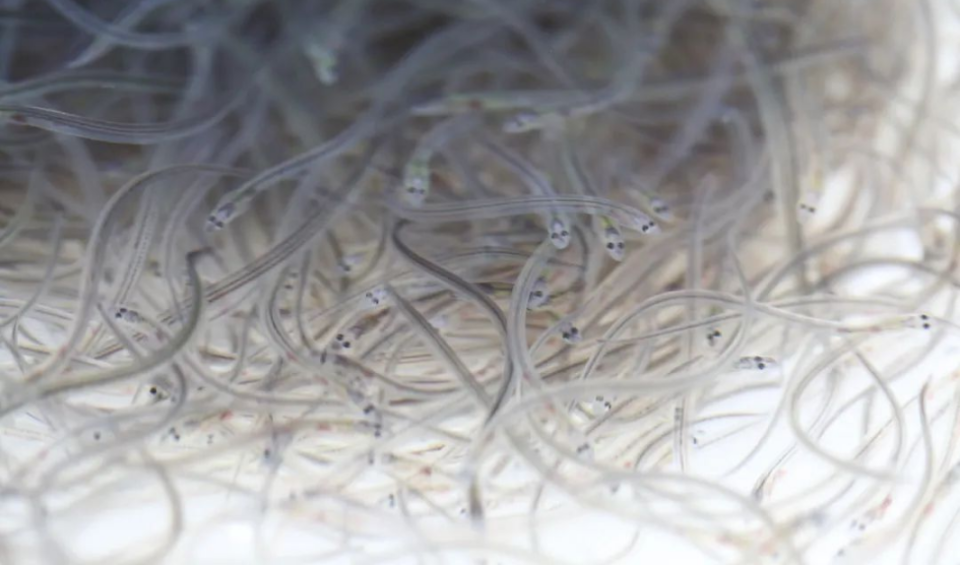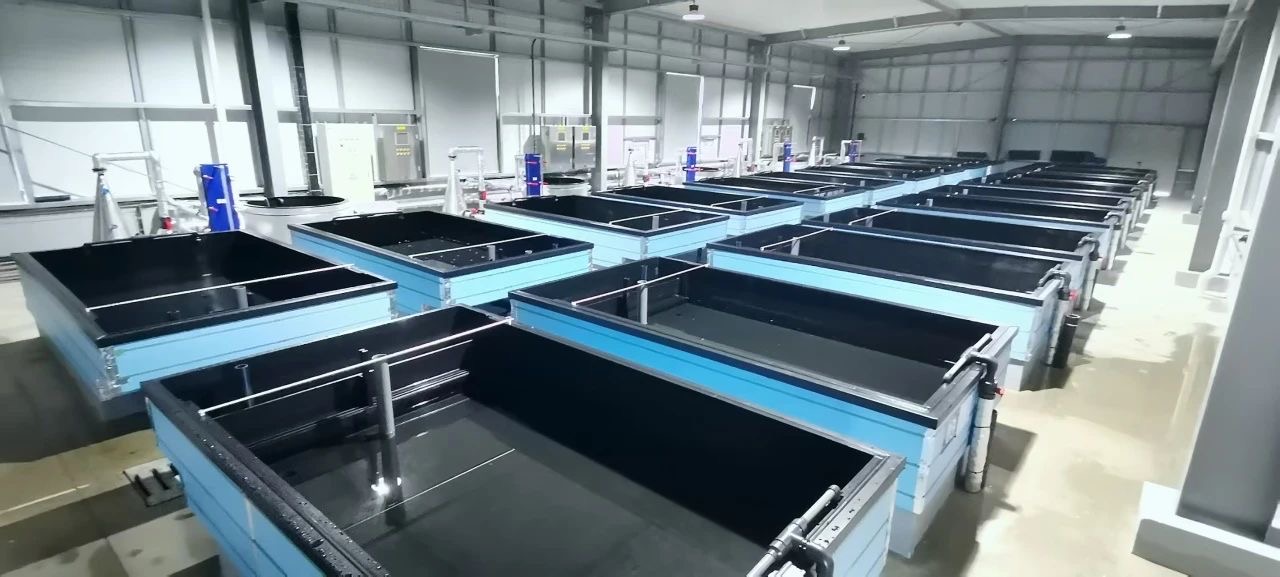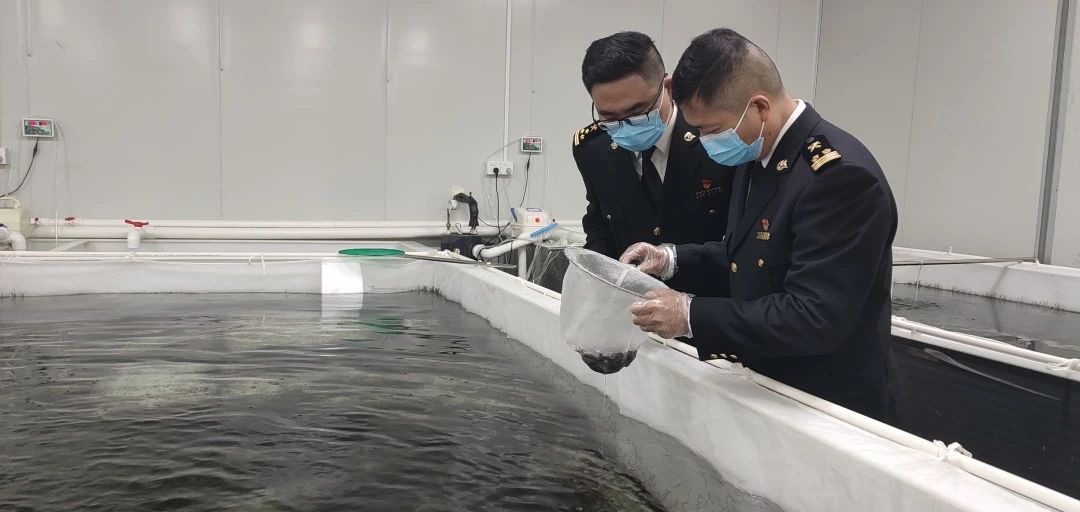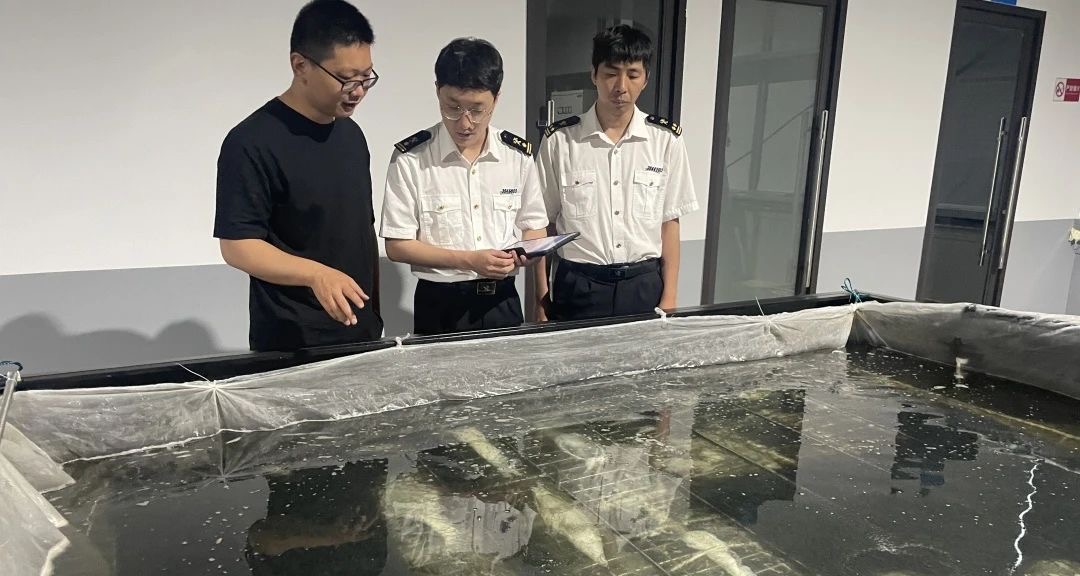Eels are known as "soft gold in water". In recent years, with the rapid development of China's eel farming industry, the demand for imported eel fry has been steadily increasing. This article provides a brief introduction to the quarantine and supervision procedures for imported eel fry.
I. Customs Supervision Measures

Eel fry (Image source: Internet)
As imported aquatic animals for breeding, eel fry must comply with relevant quarantine regulations for imported live animals according to law. Specific measures include quarantine access evaluation, quarantine approval, document verification, on-site port inspection, isolation quarantine supervision, laboratory testing, and certification for release. The exporting countries/regions and species of imported eel fry must be included in the List of Permitted Imported Aquatic Animal Species and Exporting Countries/Regions published by the GACC, which is available on the official GACC website. After legally obtaining the Designated Quarantine Facility Permit for Imported Animals, importing enterprises may process the entry animal and plant quarantine approval procedures through the "Animal and Plant Quarantine" module of the "Online + Customs" platform to obtain the Entry Animal and Plant Quarantine Permit in accordance with regulations.
II. Entry Declaration and Port Inspection
Prior to or upon entry of eel fry, the importing enterprise shall declare to the customs office at the port of entry by presenting the Entry Animal and Plant Quarantine Permit, the original inspection and quarantine certificate issued by the competent authority of the exporting country/region, along with trade contracts, bills of lading, packing lists, invoices, and other relevant documents.
The customs office receiving the declaration shall examine the documents provided by the consignee or their agent as required.
Imported eel fry shall undergo on-site customs inspection at the port, including verification of cargo documentation, examination of packaging and labeling, clinical inspection, and inspection of packaging water/ice and cushioning materials. Upon passing on-site inspection, the goods shall be transferred to a designated quarantine facility for a minimum 14-day isolation quarantine period.
III. Isolation Quarantine Supervision

Quarantine pond for imported eels
Ten days prior to the entry of eel fry into the quarantine facility, the customs office shall issue a Notice of Inspection and Quarantine Treatment, overseeing the enterprise in cleaning the site, facilities, and tools, and conducting no fewer than three disinfection treatments using methods approved by customs, with a three-day interval between each treatment. Upon arrival at the quarantine facility, the enterprise must disinfect the original packaging, loading water or ice, and bedding materials, safely dispose of any deceased eel fry, and document the process as required.
The local customs office at the quarantine facility shall conduct on-site quarantine supervision, maintain supervision records, and perform batch-by-batch entry inspections, which may include either on-site inspections or video inspections:

On-site supervision during the quarantine period
On-site inspections should assess the clinical health of the eel fry, with particular attention to abnormal swimming behavior and the presence of ulcers, bleeding, or cysts on the body surface. Additionally, sampling and testing shall be conducted in accordance with the annual national biosafety monitoring plan and system directives.
Video surveillance shall cover key procedures including vehicle arrival, cargo unloading, external package disinfection, unpacking, and tank loading. The footage must clearly display the vehicle's handheld inspection form number and container markings prior to unloading. All relevant video records shall be retained for a minimum of 3 months.
During quarantine, enterprises must conduct regular cleaning and disinfection of the isolation facility, maintaining hygiene standards for both premises and equipment. Upon completion of quarantine usage, all facilities, equipment and utensils shall undergo customs-supervised disinfection.
IV. Quarantine Certification and Clearance

Entry inspection during the quarantine period
For quarantine-approved shipments, an Entry Goods Inspection and Quarantine Certificate shall be issued upon request for clearance. For non-compliant cases, the Notice of Inspection and Quarantine Treatment will mandate the culling of all eel fry within the same isolation unit, followed by comprehensive disinfection of facilities, water systems, tools, and contaminated areas. Upon completion of quarantine, customs authorities shall supervise the collection of aquaculture water, wastewater, and sewage by users for proper disposal to ensure compliance with epidemic prevention requirements prior to discharge.
Disclaimer:The above content is translated from Chinese version of Fuzhou Customs 12360. The Fuzhou Customs 12360 version shall prevail.
Hot News